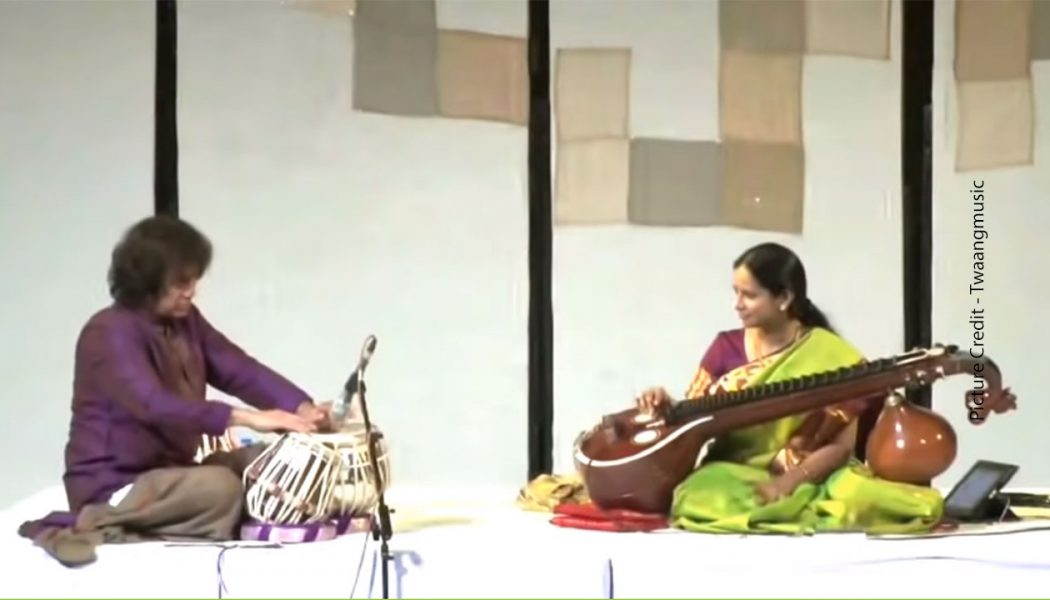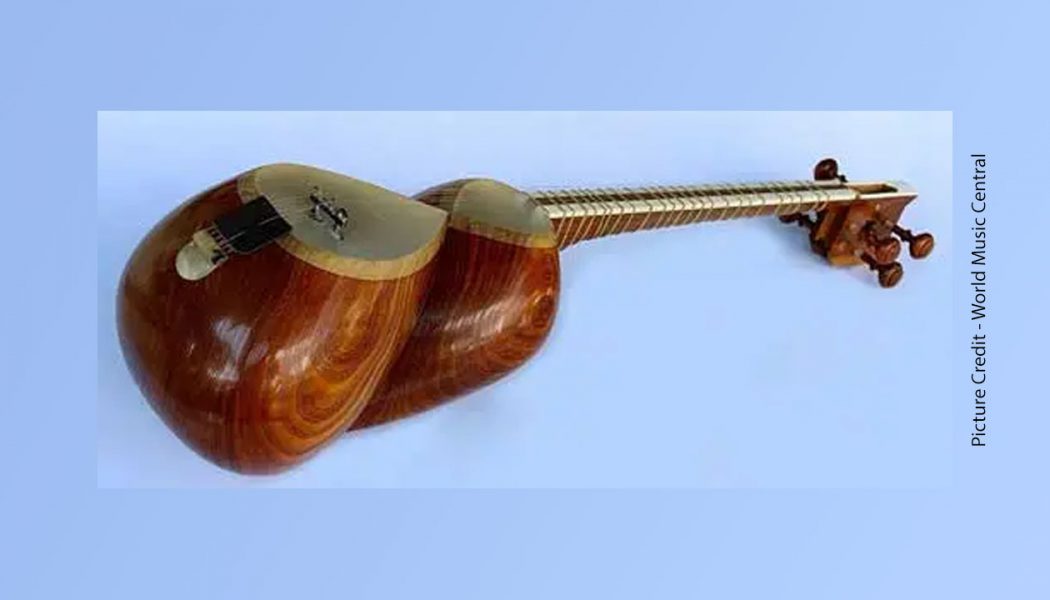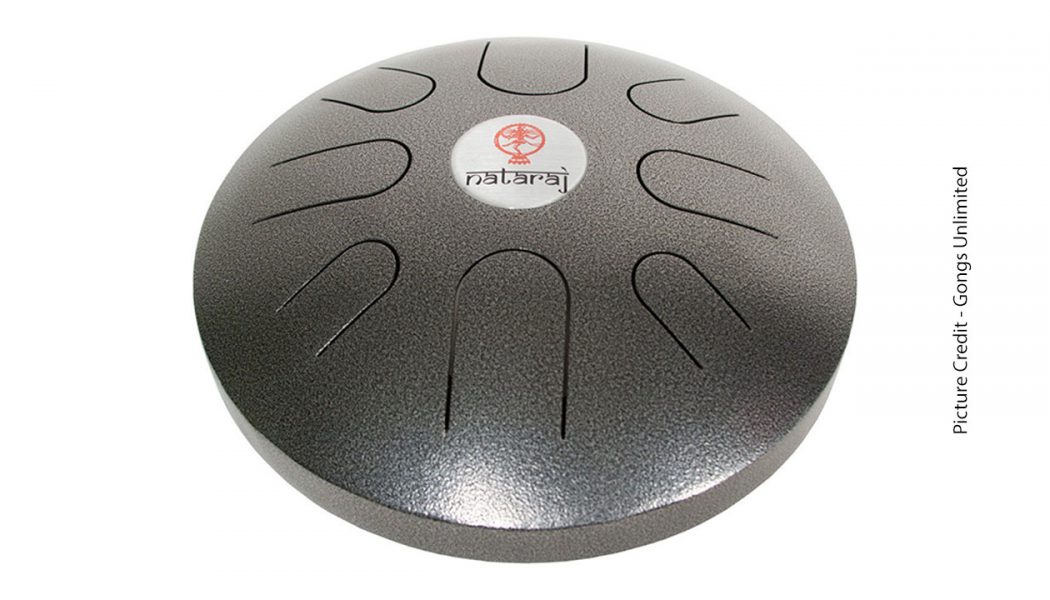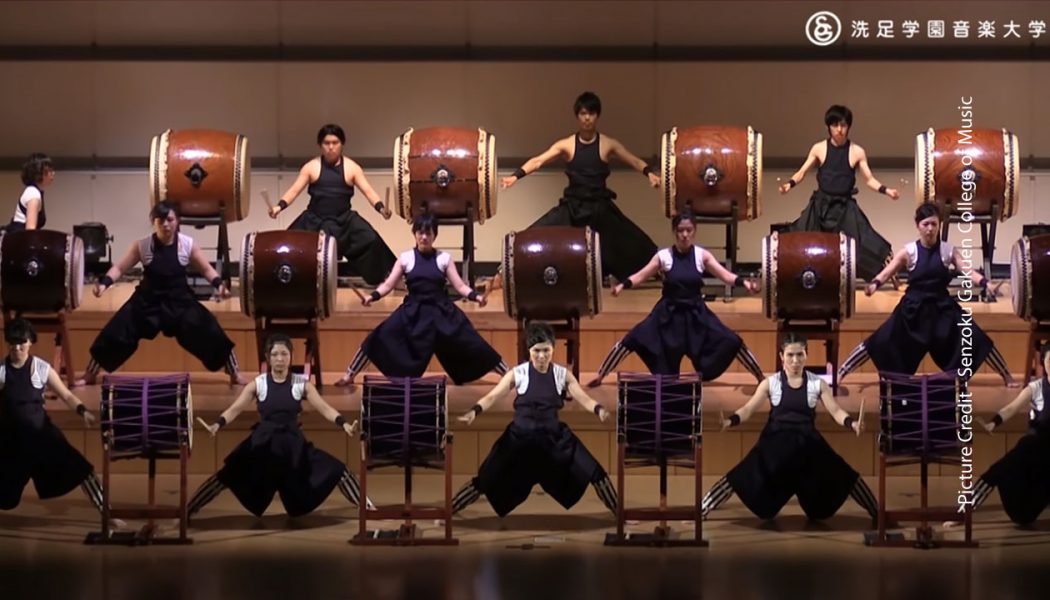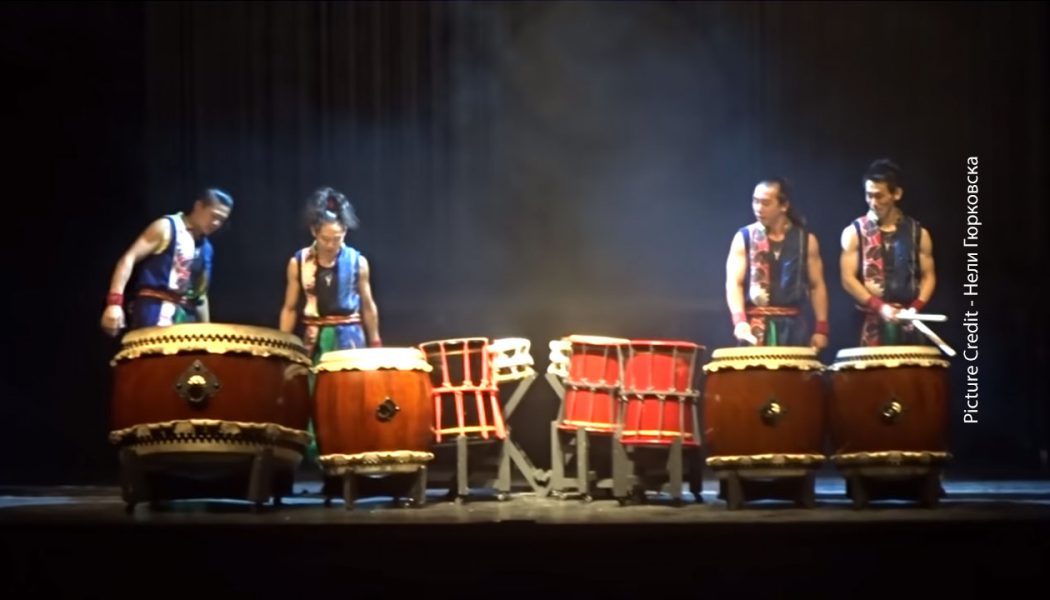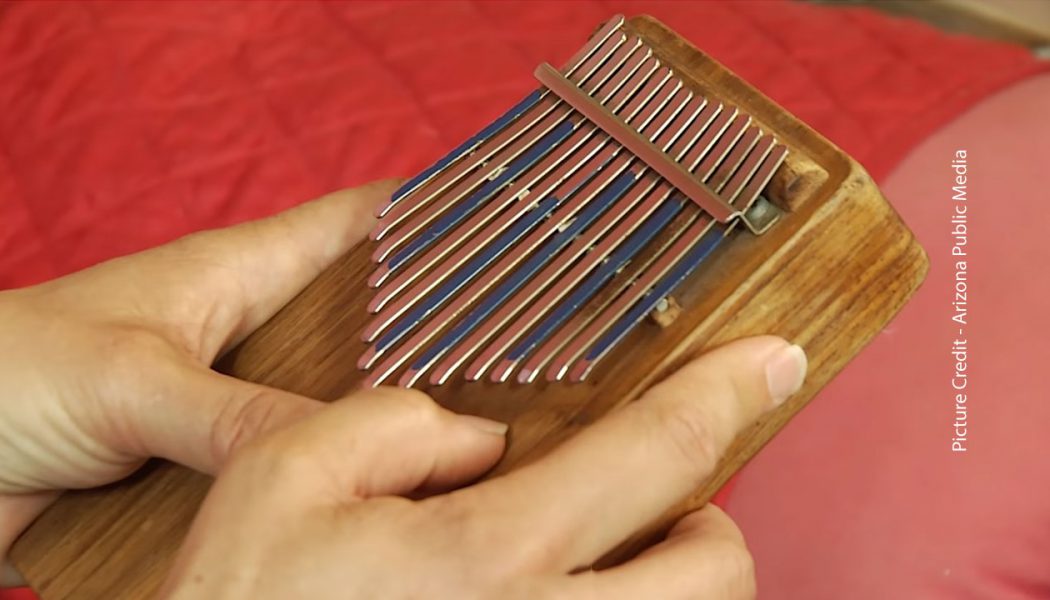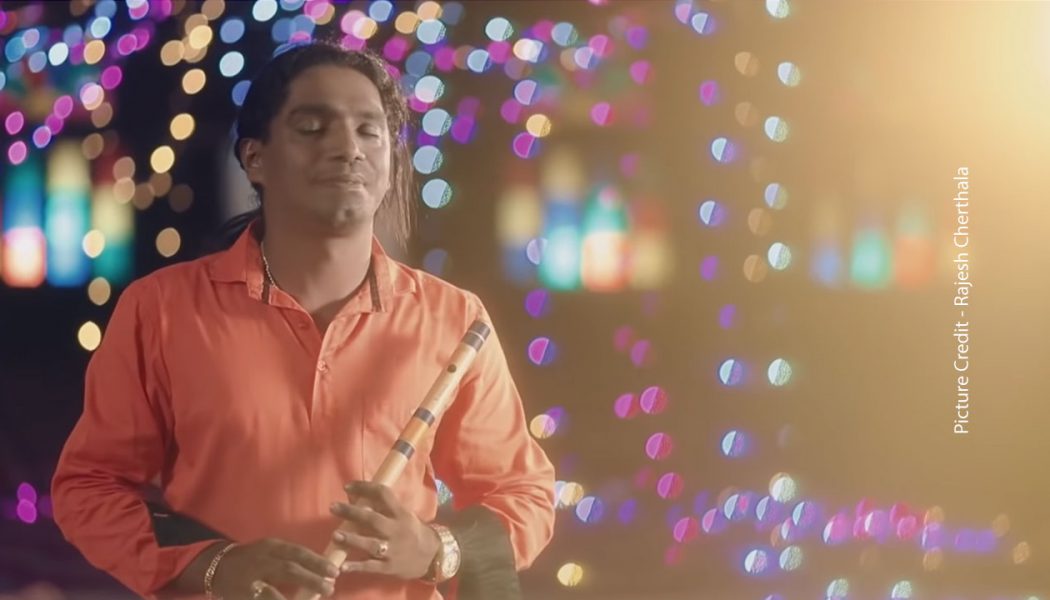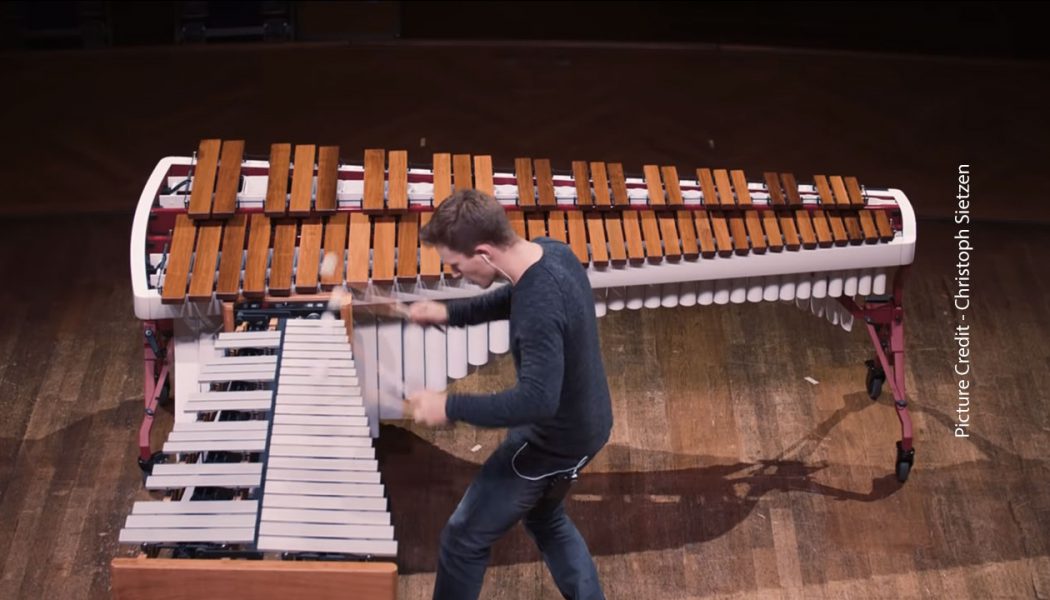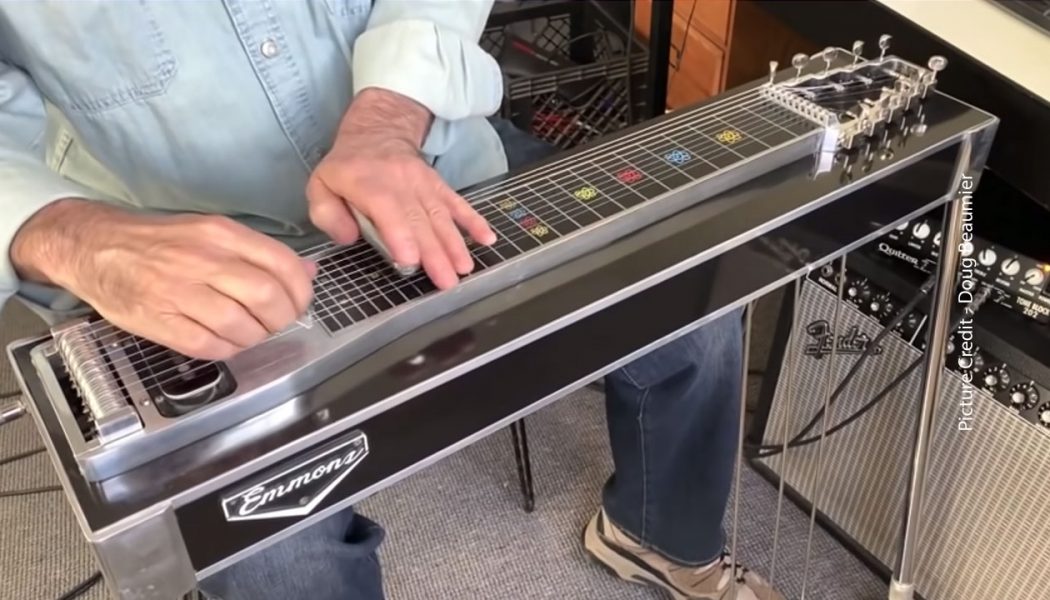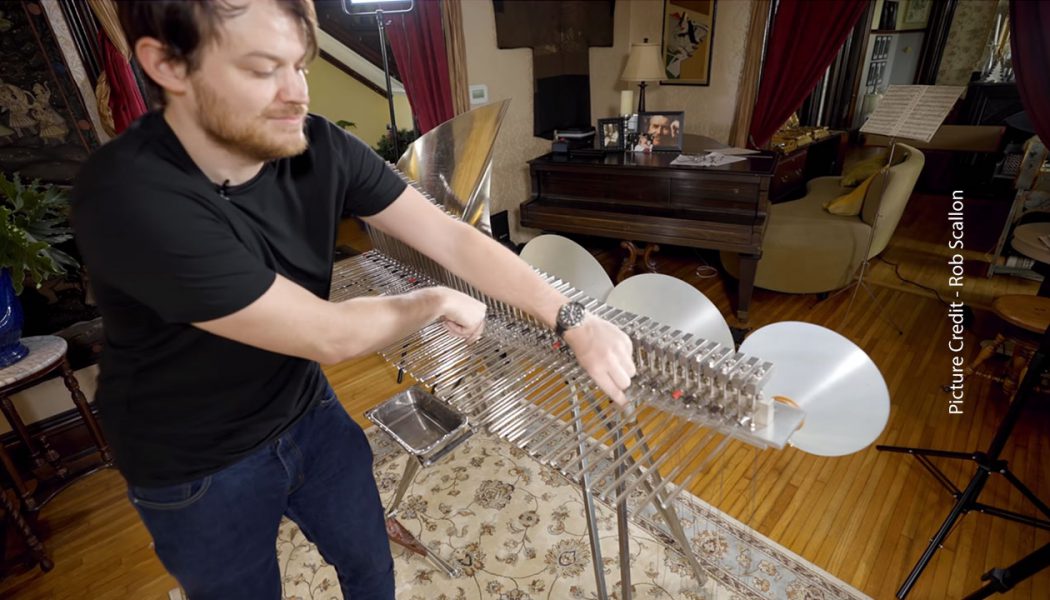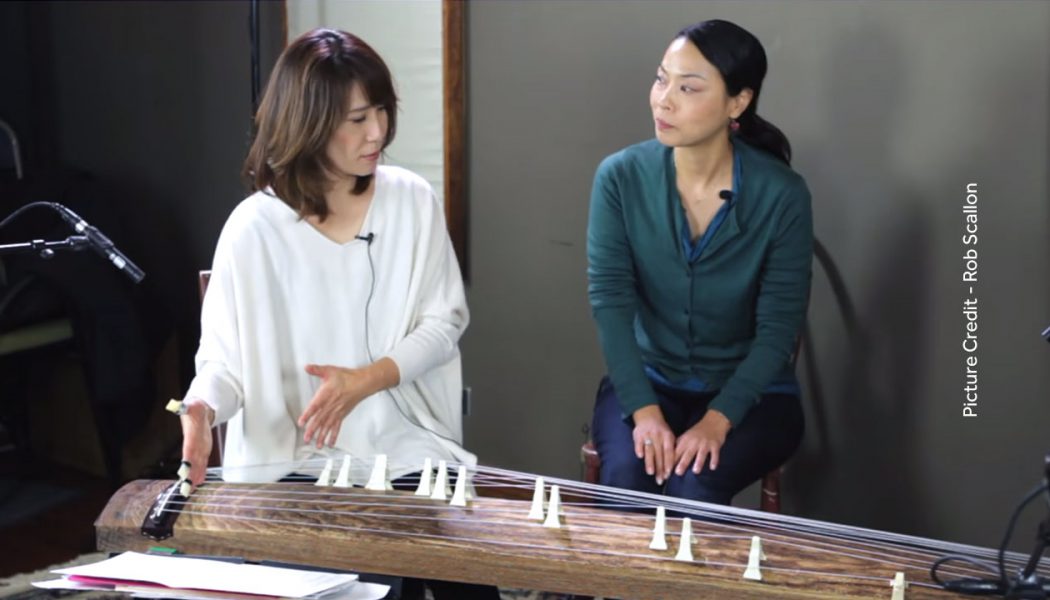Musical Instruments
Instrumental Music – Jugalbandi – Veena and Tabla
Here is a beautiful Jugalbandi (Veena and Tabla) by Smt. Jayanthi Kumaresh and Ustad Zakir Hussain. Smt. Jayanthi Kumaresh is an Indian Veena Artist comes from a lineage of musicians who have been practicing Carnatic Music for six generations. She started playing Saraswathi Veena at the age of three. Enjoy this excellent Jugalbandi. Video provided only for illustration – Credit: Twaangmusic 00
Tar
Tar is a stringed, long-necked, waisted and Iranian musical instrument belonging to the Lute Family. Tar is used in many countries like Iran, Armenia, Georgia, Uzbekistan, Azerbaijan etc. It is one of the most important musical instruments in Iran and Caucasus and Persian Classical Music. The body of Tar is double-bowl shaped and carved from Mulberry wood with a thin stretched Lamb-Skin membrane covering the top portion. There is a Fingerboard as well as Tuning Pegs. The Fingerboard consists of 25 to 28 adjustable gut frets. There are three double course of strings on the Tar. The instrument is played with a small brass plectrum. Let us watch a short video on Tar Video provided only for illustration – Credit: Cerddoriaeth Fynyddig / Mountain Music 0-1
Steel Tongue Drum
The Steel Tounge Drum is a musical instrument which is known also as Tank Drum or Hank Drum. It was originally made from an empty Propane Tank. The drum has Seven to ten Tongues (or more) which are cut radially and can be tuned by varying the length of the cuts or by adding weights (neodymium magnets) to the Tongues. The Steel Tongue Drum is often tuned to Pentatonic Scale (musical scale with five notes per octave). It can also be tuned to the Diatonic Scale or the Chromatic Scale or even any set of notes the maker chooses. The Steel Drum is played with fingers or mallets and a bell-like tone is produced. Let us watch a short video on how to play the Steel Tongue Drum Video provided only for illustration – Credit: Whistlingbirds 00
Instrumental Music – Shivamani
Instruments are just medium for the talented and gifted artists. They can produce music from anything they find and anything they touch. An example is our Drums Shivamani. We had featured one of his videos during the lockdown, at home. Here is another interesting one. He is playing with usual household vessels and plate. Enjoy the music that is created by him using his favourite pieces of instruments. Picture and Video provided only for illustration – Credit: Drums Shivamani 00
Instrumental Music – Taiko Drummers
Taiko is a Japanese percussion drum in fact of a broad range of drums. It is the common name with which a drum is known in Japan. Drums have a mythological origin in Japanese folklore. Taiko are associated with Shintoism and Buddhism festivals and concerts. Kumi-Daiko or a “Set of Drums” is a form of ensemble Taiko drumming. Taiko were used in Warfare and Traditional functions. Today we have a performance of Taiko Drummers. Enjoy this video. Video provided only for illustration – Credit: Senzoku Gakuen College of Music 00
Instrumental Music – Japanese Drummers
Featuring today, one interesting video – Drummers of Japan. Different types of Japanese Drums are used by the artists. Indeed, there are lots of artists and talents which we haven’t heard of or seen before. Encourage them and enjoy this highly energetic music and beats created by them. Yamato was founded in Japan’s Nara Prefecture in 1993. The troupe has performed in 54 countries and done over 4000 performances. Every year they tour the world, creating and presenting original Yamato compositions. Video provided only for illustration – Credit: Нели Гюрковска 00
Kalimba
The Kalimba is a small and unique musical instrument thought to have existed in Africa for hundreds of years. The instrument has grown in popularity worldwide. It consists of a wooden board fitted with a resonator with attached staggered metal tines. Kalimba is played by holding the instrument in the hands and plucking the tines with the thumbs, the right forefinger, and sometimes the left forefinger. Kalimba is an evolution of an ancient instrument called Mbira. Let us watch a video on Kalimba. Video provided only for illustration – Credit: Arizona Public Media 00
Instrumental Music – Flute – Rajesh
Here is a very beautiful Malayalam Film Song rendered on Flute by Sri Rajesh Cherthala. It is presented by him as a tribute to the Great Music Director Late Raveendran Master. The original song “Poikayil, Kulir Poikayil” is from the movie Rajashilpi by Mohanlal and Bhanupriya. Artists in this video are Rajesh on Flute, Anoop Anand on Keyboard, Mahesh Mani on Tabla. Enjoy the song. Video provided only for illustration – Credit: Rajesh Chertala 00
Marimba and Vibraphone
Here is a short video of combination of Instruments Marimba and Vibraphone. Marimba is a percussion instrument having a set of Wooden Bars. The Bars are struck with Yarn or Rubber Mallets to produce musical tones. Resonators or pipes are suspended underneath the bars to produce and amplify the sound. Vibraphone belongs to the struck idiophone subfamily of musical instruments. It consists of tuned Metal Bars which is played by holding two or four soft Mallets, by striking the Bars. Marimba is used in solo performances, woodwind and brass ensembles, concertos, jazz ensembles etc. Vibraphone is commonly used in jazz music, orchestra, concert bands etc. Let us watch a video. Video provided only for illustration – Credit: Christoph Sietzen 00
Pedal Steel Guitar
Pedal Steel Guitar is a stringed musical instrument that has pedals and knee levers. These pedals and levers change the pitch of the strings, thus enabling playing of varied and complex music. It is a console type of steel guitar. Steel Guitars are played by moving a steel bar or a similar hard object against plucked strings. The Steel Guitar does not have frets. Strings are plucked by the fingers of one hand while a steel tone bar is pressed against the strings and moved by the opposite hand. Pedals were added to Steel Guitars in 1940 and thus we have the Pedal Guitars now. Let us watch a video on playing Pedal Steel Guitar. Video provided only for illustration – Credit: Doug Beaumier 00
Cristal Baschet
We will today have a look at a Musical Instrument that needs to be wet – none other than the Cristal Baschet. It is a musical instrument developed by two brothers Bernard and Francois Baschet in 1952 and having French origin. Cristal Baschet is also known as Crystal Organ. Its range is mostly five octaves but varies from 3.6 to 6 octaves, made of a number of chromatically tuned Glass Rods. The musicians play the instrument by rubbing the rods with wet fingertips. Metal rods are embedded in a heavy plate to form the elements of the instrument. Each metal rod is accompanied by attached glass rod. The metal rod’s length, weight and position at the equilibrium point determine the pitch of the sound produced. There are resonators similar to a loudspeaker Watch a video by Rob Scallon...
Koto
Koto is a Plucked String, Half-Tube Zither Musical Instrument of Japanese origin. It is the National Instrument of Japan. Having length of about 180 centimetres, it is normally made of Paulownia Wood. Most Kotos are made of 13 strings strung over movable bridges which are used for tuning the instrument. There are 17 string versions also used commonly. Strings are plucked using three fingerpicks worn on the first three fingers of the right hand. In this video Rob Scallon takes us through the instrument. Tokiko, a Japanese maestro in Koto explains about the instrument while playing it. Her translator Keiko does a good job between Tokiko and Rob Scallon. Tokiko explains that the body of the Koto is hollow and the tuning is done by movable bridges kept at different positions. She explains that...
